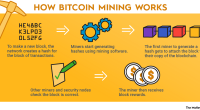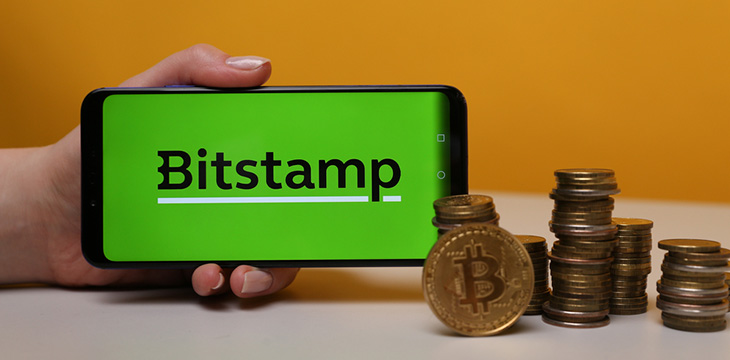A Beginner’s Guide to Bitcoin Mining
Bitcoin mining is similar to digital treasure hunting. Instead of digging for gold, miners use advanced computing power to validate transactions and secure the Bitcoin network. This process ensures the accuracy of transactions and keeps the blockchain—Bitcoin’s public ledger—updated and secure.
How Does Bitcoin Mining Work?
Bitcoin transactions require verification before they are permanently recorded on the blockchain. Miners compete to solve highly complex mathematical problems using specialized hardware. The first miner to solve the problem gets to add a new block of transactions to the blockchain and is rewarded with newly minted bitcoins.
As of 2024, each successfully mined block rewards miners with 6.25 bitcoins. However, Bitcoin’s reward system follows a process called “halving,” which reduces the reward by 50% approximately every four years. The next halving, expected around mid-2024, will lower the reward to 3.125 bitcoins per block.
Why Is Mining Important?
Beyond earning bitcoin, mining plays a critical role in maintaining network security and transaction integrity. Every confirmed transaction is permanently recorded, making it impossible to alter past entries. This prevents fraud, double-spending, and unauthorized changes, ensuring a decentralized and trustworthy financial system.
While Bitcoin mining can be profitable, it requires significant investment in hardware, electricity, and technical knowledge. If you’re considering mining, make sure to research costs, equipment, and energy efficiency to determine if it’s the right fit for you.








